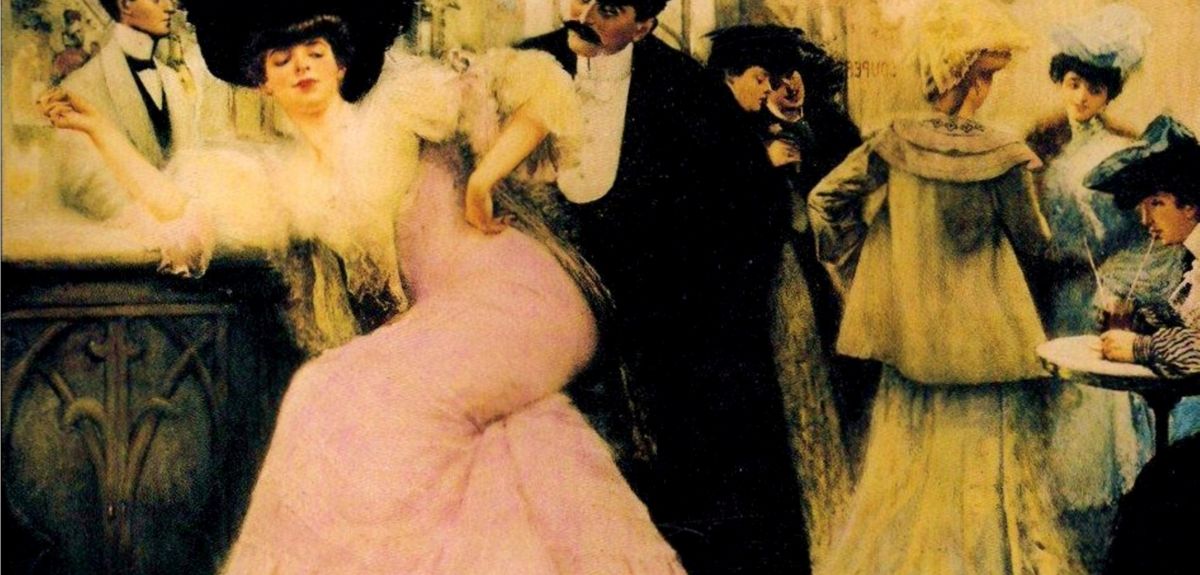
Women of the Belle Époque: Understanding the ‘Beautiful Era’
Throughout history, the experiences of women have largely been ignored, or understood only through representations in art, literature, music and other cultural mediums. This is true of the Belle Époque era (1870 – 1914), which is known for its idealised representations of women and femininity via traditional archetypes, such as the tranquillity of the homemaker, or the exoticism of the harem. A new conference run by TORCH (The Oxford Research Centre in the Humanities) aims to gain a deeper understanding of women during this era.
‘I wanted to put on an event as a way of fostering interdisciplinary discussion on women's lives,’ says conference organiser Dr Rhiannon Easterbrook, a Women in the Humanities Postdoctoral Writing Fellow at Oxford. ‘The two-day conference, co-organised with two DPhil students Sasha Rasmussen and Mara Gold, creates the space for dialogue on the representation and experiences of women at a transitional point in history from a global perspective: we have papers on women in India, Ireland, and the Caucasus, as well as France and Britain. Having been trained as a Classicist myself, it's been a fascinating journey learning how to engage with scholars from other disciplines. Additionally, how women create and preserve spaces for ourselves is still a contested subject today. Here we can look in-depth at how women's spaces relates to thorny topics, from sexuality to shopping, from work to idleness.’
The interest in understanding how women create and interact with space, from their homes to their offices, is particularly relevant to the Belle Époque era. During this time period, women were beginning to enter educational settings, workplaces, and new societal creations like department stores en masse. Their ability to navigate these new environments and roles for women, as well as how they experienced pleasure and desire in this different context, are of keen interest to academics. ‘The conference is about the experiences and representation of women during the Belle Époque, but with specific reference to how they inhabited or created spaces for themselves and how this allowed them to explore or suppress pleasure and desire,’ explains Dr Easterbrook.
As part of the conference, a concert will be held at the Holywell Music Room, featuring extracts from a new adaptation of Medea by Julia Pascal, a pioneering theatre director and playwright, and compositions by Cassandra White and Sarah Westwood.
‘In general, female composers and playwrights do not receive the same attention reserved for their male counterparts,’ says Dr Easterbrook. ‘We're delighted to share with members of the public this celebration of women's creativity, their meditations on pleasure and desire, and their drawing on the past to do so. This is a small corrective to a longstanding problem, which we hope will inspire our audience.’
‘Just as the women in our concert have forged connections between past and present and between their own creativity and that of their collaborators, we hope that both the public and our speakers will continue to make connections themselves, leading to fruitful collaboration, thoughtful scholarship, and a greater appreciation for creative pioneers.’
The ‘Women’s Spaces, Pleasure, and Desire in the Belle Époque’ conference will take place in Oxford on 3 – 4 June 2019. The concert is on 3 June 2019, 18:00 in the Holywell Music Room and is open to the public; register via Eventbrite.
The events are co-sponsored by Women in Humanities, St Hilda’s College and the Oxford Queer Studies Network.